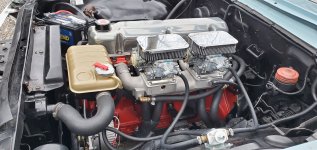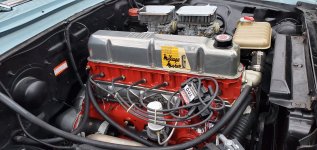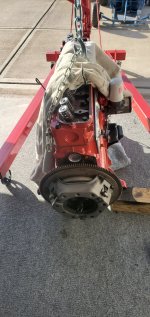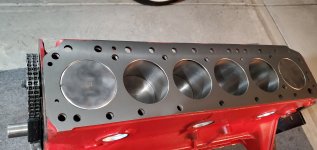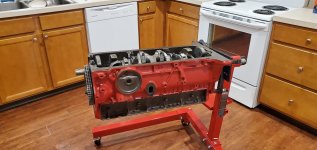ctune80:36pgdfn3 said:This particular thread is one of the reasons I joined the forum, I'm very impressed with a couple of your videos I caught on Youtube. Any updates since the last post?
I have a '62 Unibody pickup and still have the original 223 that I'm considering putting back in some time in the future. (Windsor V8 now)
Seeing the potential of the I6 has me wanting to give it a shot!
What is the journal size on the cranks of these 223's? My mind has wandered to a stroked version for a little more torque and driveablity.
I haven't seen a stoker build on these documented, maybe not worth the effort?
From what I see the 215-223 seems to share a lot of design characteristics with the Y block, are the bore spacings and head bolt patterns the same? Combustion Chambers, Rockers, lifters and other things seem to be identical.
I had a lot fun back in 1960's racing the 223's. Most of your questions on journal size and stroker combos can be found in this old post. viewtopic.php?f=18&t=73584&p=565393#p565318
Lots of strokers were built back in the day and it's easy and worth the effort if you don't mind spending some money on machining and a set of custom Pistons. The head also needs considerable porting work. The 223 and 262 big six share interchangeability with its forged steel crank it opens the door to many stroker combos. There are some parts from the Y Bocks that are interchangeable however the rocker arms are not, there were some high ratio rocker arms that were made back in the day (Barker) and sometimes you can still find some new sets. There is a company called Rocker Arms Unlimited (RAU.com) that can rebuild your stock ones and they also make custom higher ratio sets for some other engines so you might contact them to see what they can do for you. Best of luck on your 223 build.



